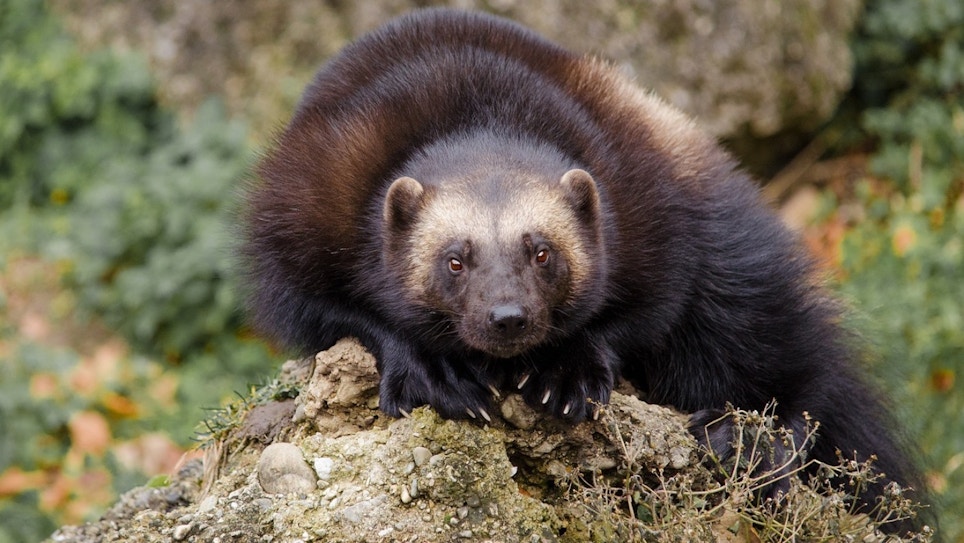Montana Fish, Wildlife & Parks has notified the U.S. Fish and Wildlife Service (FWS) of its intent to pursue legal action over the recent listing of wolverines as a threatened species.
“In Montana, wolverines continue to do well and inhabit much, if not all, of their available habitat,” said Montana Fish, Wildlife & Parks Chief of Conservation Policy Quentin Kujala. “We work closely with our neighboring states to ensure the continued conservation of these iconic species. Federal protections in this case will only get in the way of good conservation work.”
In its listing notice, the FWS switched course by identifying the Lower 48 states as a distinct population segment. This finding comes after the FWS previously found the population of wolverines in the Lower 48 was connected to those in Canada. The finding came despite protections in Canada and states such as Montana to ensure wolverine conservation.
In its listing, the FWS also used projected climate models from 2100 to point to a projected decrease in snowpack to justify its move. This rationale was used despite recent science that shows wolverines are adaptable and able to den and reproduce without snow.
“In the Northern Rockies, wolverines are doing well, and states are working closely on monitoring and conservation efforts. This listing is not only unnecessary, it fails to recognize current science,” said FWP Director Dustin Temple.
Wolverines were listed as a threatened species by the FWS in November. The first step in challenging this listing is filing a Notice of Intent to Sue with the FWS. Following this action, the state will file a lawsuit in federal district court.
Montana officials categorize the wolverine in the state as “Potentially at risk because of limited and/or declining numbers, range and/or habitat, even though it may be abundant in some areas.” FWS lists it as threatened, with the U.S. Forest Service and Bureau of Land Management both categorizing it as sensitive.
Wolverines are similar to badgers and fishers but are much larger, weighing 15 to 70 pounds. Females are about 10 percent smaller in size than males and about a third less in weight. Wolverines have strong limbs, large feet and claws for digging and self defense, and white or yellowish chest-belly markings on dark brown bodies. They can be aggressive when confronted.






